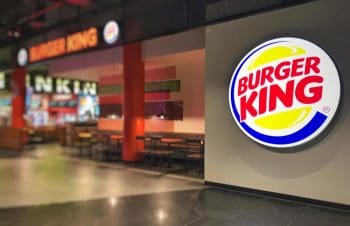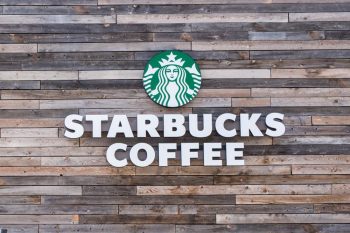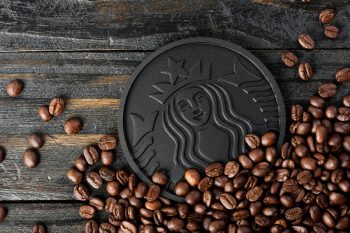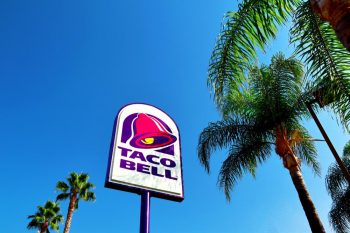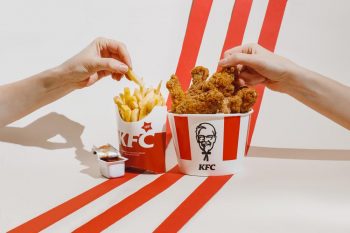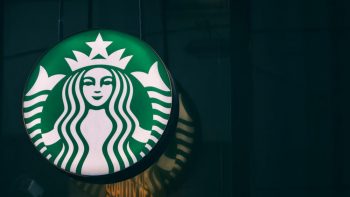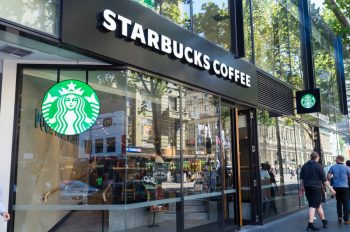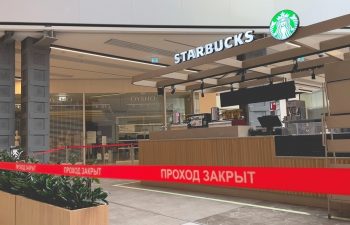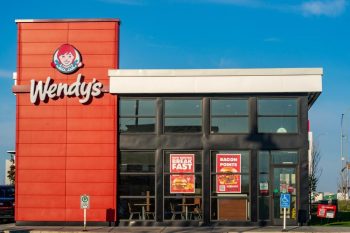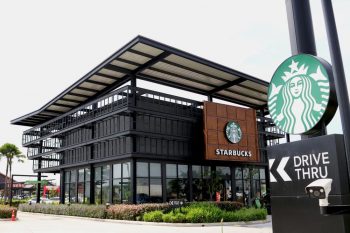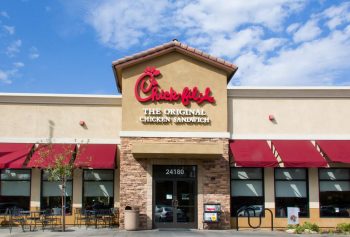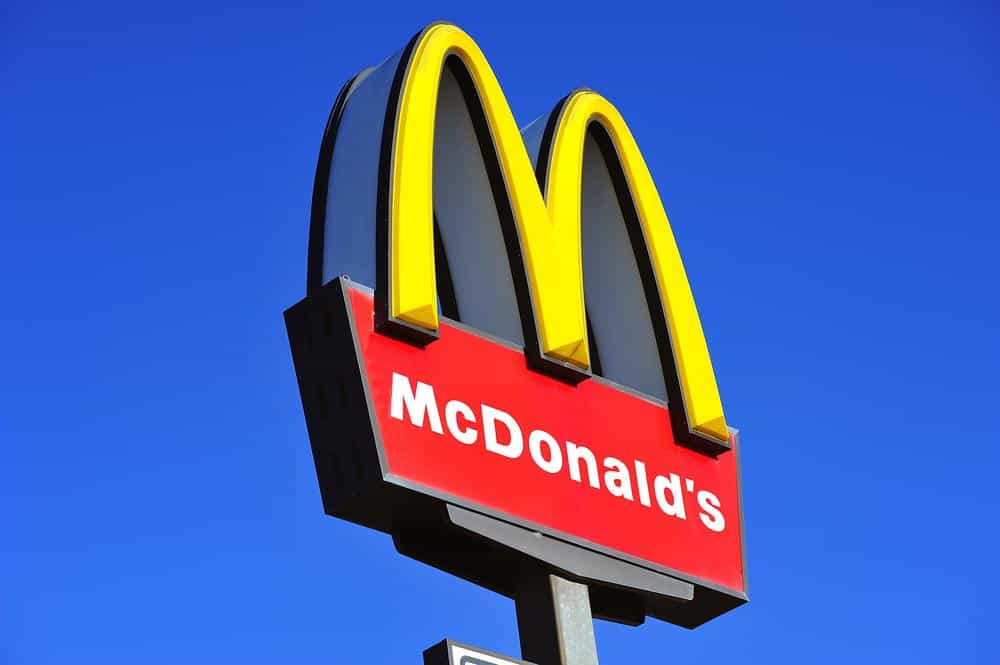
The story of the McDonald brothers, Richard and Maurice, is a tale of innovation, entrepreneurship, and a missed opportunity for a global business empire. They were the original founders of the McDonald’s fast-food chain, which revolutionized the food industry with their innovative “Speedee Service System.” However, their contributions have been overshadowed by the man who bought their company and turned it into a global phenomenon, Ray Kroc.
The McDonald brothers, Richard and Maurice, were the original founders of the McDonald’s fast-food chain. They sold their company to Ray Kroc in 1961 due to lack of ambition to expand and disagreements with Kroc. After the sale, they retired and maintained a modest lifestyle in their hometown. Despite the global success of McDonald’s, the brothers never owned any part of the company’s current net worth. Their legacy, however, lives on through the enduring success of the McDonald’s franchise.
The McDonald Brothers and Their Early Venture
Richard (February 16, 1909 – July 14, 1998) and Maurice McDonald (November 26, 1902 – December 11, 1971) were American entrepreneurs who founded the fast-food company McDonald’s. They initially opened the original McDonald’s restaurant in 1940 in San Bernardino, California, as a barbecue food stand called McDonald’s Barbeque. In 1948, they streamlined their operations and introduced the Speedee Service System, which featured 15-cent hamburgers and a reduced menu. This innovative method of producing meals quickly became the standard for fast food.
The Revolutionary Speedee Service System
The Speedee Service System was a game-changer in the fast-food industry. It applied the principles of production line manufacturing to fast food, emphasizing speed, lower prices, and volume. The system turned the kitchen of a fast food restaurant into an assembly line, similar to a Ford car factory. The Speedee kitchen had specific equipment and stations for preparing different foods, which improved efficiency and reduced costs.
Ray Kroc and the Expansion of McDonald’s
Ray Kroc, a milkshake mixer salesman for Prince Castle, became involved in the McDonald’s business when he visited the San Bernardino location in 1954 to sell multi-mixers to the brothers. Impressed by their efficient system and potential for growth, Kroc offered to work as a franchise agent for the brothers and opened the first McDonald’s east of the Mississippi River in Des Plaines, Illinois, in 1955.
The Sale of McDonald’s to Kroc
In 1961, due to a combination of factors including their lack of ambition to expand and disagreements with Kroc, the McDonald brothers sold their business to him for $2.7 million. The brothers maintained control over the original San Bernardino shop, but it was eventually run out of business by one of Ray Kroc’s McDonald’s restaurants built nearby.
The Brothers’ Life After the Sale
After the sale, the brothers retired to their hometown. Their individual net worth was estimated to be around $1 million each after taxes. Richard McDonald, who outlived his brother, passed away in 1998, leaving behind a will worth only $1.8 million. Despite the massive growth of McDonald’s under Ray Kroc’s leadership, the brothers never owned any part of the company’s current net worth, which is estimated to be over $100 billion.
The Legacy of the McDonald Brothers
Despite the challenges and hardships faced by the McDonald brothers throughout their lives, their legacy lives on through the enduring success of McDonald’s, which has grown into a global phenomenon with over 38,000 locations in more than 100 countries. The company has adapted and evolved over the years, introducing new menu items, focusing on environmental sustainability, and supporting local communities. Although the McDonald brothers’ contributions have been largely overshadowed, their innovative ideas and vision laid the foundation for the global success of the McDonald’s franchise.
Challenges Faced by McDonald’s
Like any business, McDonald’s faced numerous challenges in its early years, including adapting to cultural and religious constraints, health concerns, lack of innovation, operational challenges, competition, legal issues, and public relations setbacks. Despite these challenges, McDonald’s has managed to become one of the world’s leading food service brands, with more than 36,000 restaurants in over 100 countries.
In conclusion, the story of the McDonald brothers is a testament to the power of innovation and entrepreneurship. Despite their missed opportunity to be part of the global expansion of McDonald’s, their legacy lives on in the golden arches that have become a symbol of fast food worldwide.
Frequently Asked Questions
What was the original menu of McDonald’s?
The original McDonald’s menu was quite simple and included items such as hamburgers, cheeseburgers, potato chips, and a selection of beverages, including milk, coffee, and soft drinks. This was later modified to include fries instead of potato chips and milkshakes.
Where is the original McDonald’s location?
The original McDonald’s restaurant was located at 1398 North E Street at West 14th Street in San Bernardino, California.
What was Ray Kroc’s role before he took over McDonald’s?
Before taking over McDonald’s, Ray Kroc was a Multimixer milkshake machine salesman. He noticed the potential of the McDonald brothers’ restaurant when they ordered eight of his machines, which indicated their high volume of sales.
Why didn’t the McDonald brothers expand their business?
The McDonald brothers were content with their successful single location and were more focused on maintaining quality and efficiency rather than expanding. They had tried franchising earlier, but were dissatisfied with the results as franchisees couldn’t maintain their standards.
How did the McDonald brothers react to the sale of their business?
The McDonald brothers were reportedly unhappy about the sale, particularly because Ray Kroc opened a McDonald’s restaurant near their original San Bernardino location, which eventually led to their restaurant going out of business. They had sold the rights to the McDonald’s name, so they renamed their restaurant “The Big M,” but it couldn’t compete with Kroc’s franchise.

